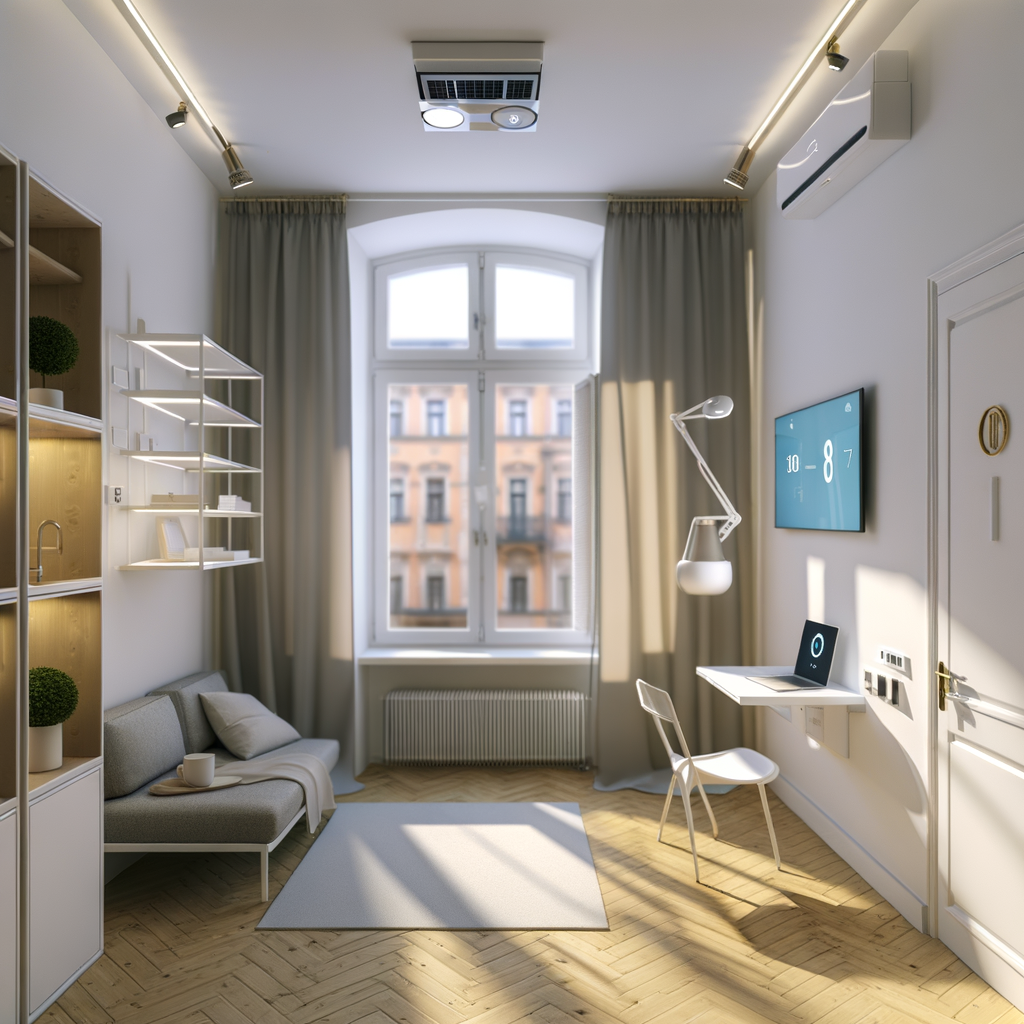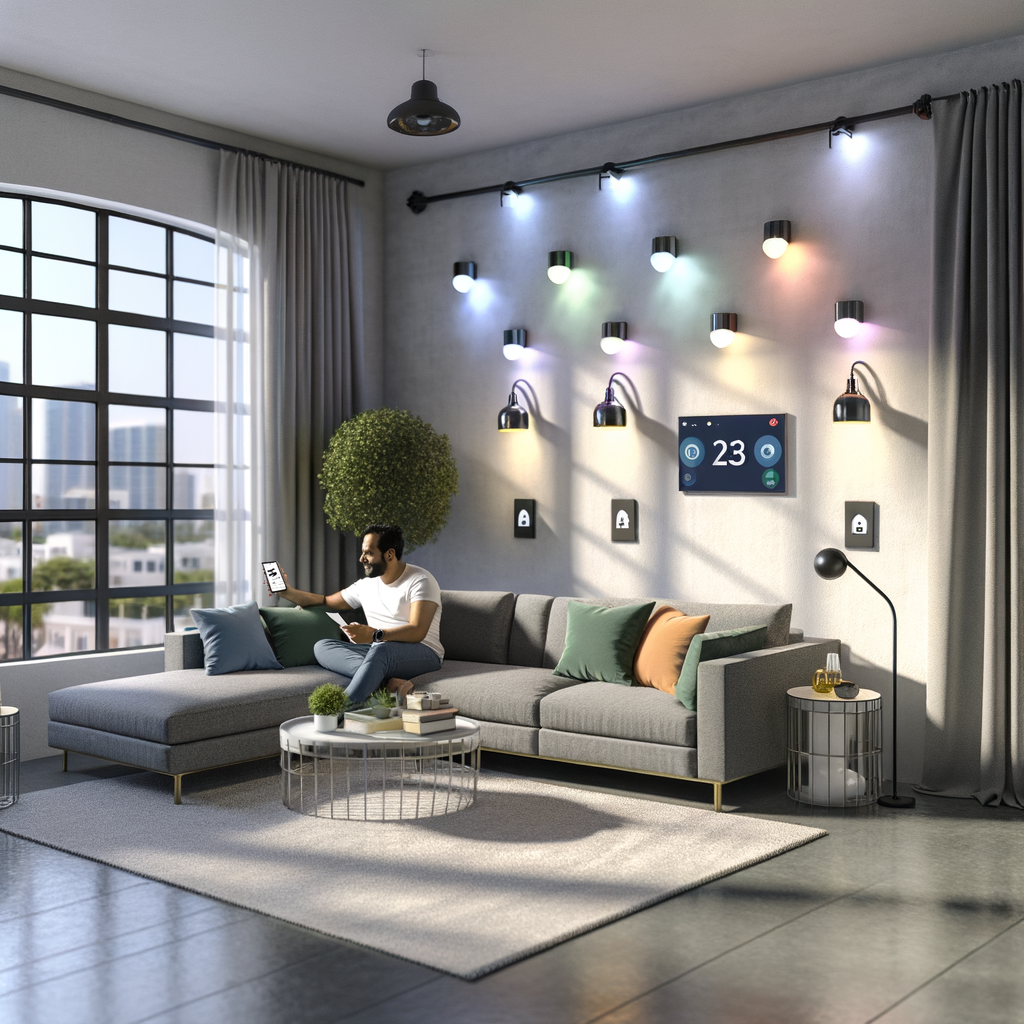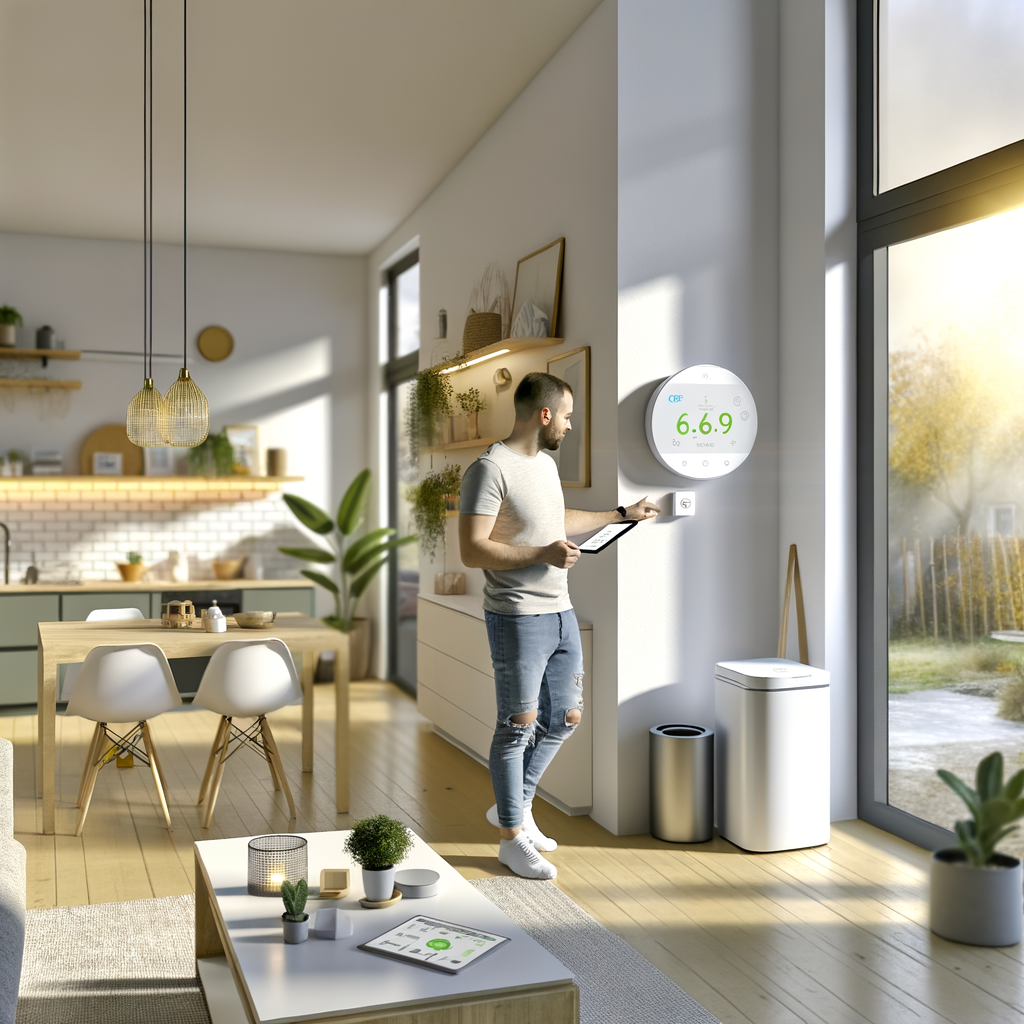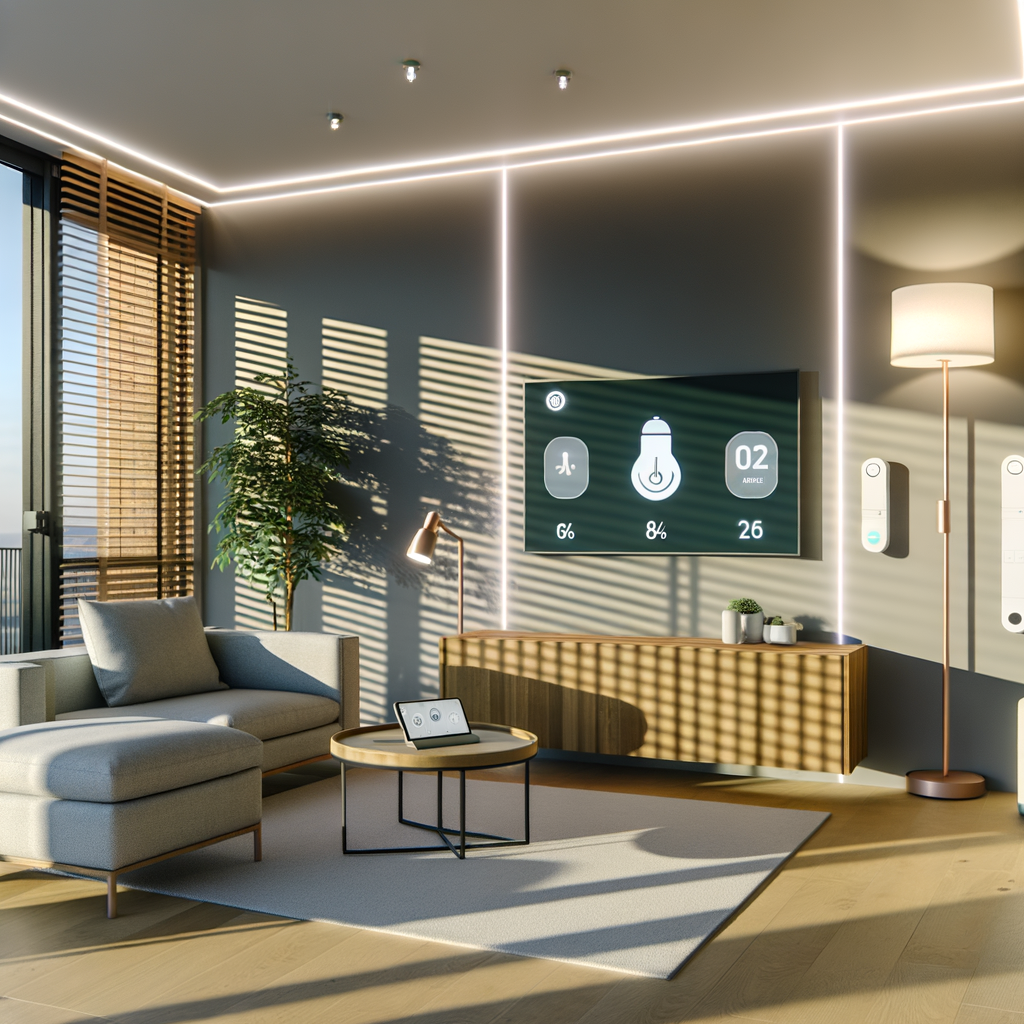How to Build a Smart, Energy-Efficient Apartment on a Budget: A Renter’s Step-by-Step Guide
Are you a renter striving to save money on utilities and reduce your environmental footprint? Luckily, modern technology and strategic upgrades make it easier than ever. You don’t have to own your space or spend a fortune to create a smart, energy-efficient apartment. This guide offers practical, budget-friendly steps to transform your rental into a greener, more connected home.
Why Energy Efficiency and Smart Tech Matter for Renters
Energy-efficient practices don’t just cut waste—they can trim monthly bills, improve comfort, and even boost your apartment’s security and convenience. With the right smart devices, you can:
- Automate lights, climate controls, and plugs for better usage patterns.
- Track your energy usage in real time.
- Decrease utility bills without permanent modifications.
- Benefit the environment by cutting emissions.
Assessing Your Apartment’s Current Efficiency
1. Conduct a Quick Energy Audit
Before making any changes, identify where your apartment wastes the most energy. Look for:
- Drafty windows and doors
- Outdated lighting (incandescent or CFL bulbs)
- Old appliances
- Poor thermostat control
- Always-on electronics (“vampire loads”)
Take notes—these will help you prioritize smart upgrades.
2. Understand Your Lease Limits
Most landlords don’t allow major modifications, but you can still make impactful, removable upgrades. Always check your lease and communicate with your landlord if you’re uncertain.
Step-by-Step Guide to a Smart, Efficient Apartment
Step 1: Upgrade to Smart Lighting
Lighting accounts for up to 15% of a home’s electricity use. Luckily, you can slash this quickly:
- Switch to LED bulbs: Use about 75% less energy and last 25x longer than incandescents.
- Add smart bulbs or plugs: Control lights with your phone or voice assistant. Set schedules, scenes, or remote access—no complex wiring required.
- Consider motion sensors for closets, hallways, or bathrooms to avoid wasted lighting.
Tip: Choose bulb-based upgrades over smart switches in rentals—they’re portable and require no wiring changes.
Step 2: Smart Plugs and Power Strips
Many electronics and chargers draw power even when “off.” Combat this with:
- Smart plugs: Turn devices on/off remotely or on a schedule—great for lamps, fans, or coffee makers.
- Smart power strips: Easy for entertainment centers, home offices, or clustered electronics.
Set “away” schedules or rules via your phone to minimize phantom energy drain.
Step 3: Smart Thermostats and Heaters
In many rentals, the main thermostat can’t be replaced. Here’s what you can do:
- If you can swap thermostats with landlord approval, try models that don’t require a C-wire (e.g., battery-powered smart thermostats).
- Use smart radiator valves or space heaters: Control temperature by room and schedule heat/cool times from your phone.
- If your apartment has window AC units, smart plugs can let you automate and monitor them.
Pro tip: Even setting your thermostat 1-2 degrees lower in winter or higher in summer can cut bills by 5-10%.
Step 4: Window and Draft Solutions
Drafty windows waste energy but are easy to fix without permanent changes:
- Apply removable weather-stripping or draft blockers for windows and doors.
- Use thermal curtains to reduce heat loss during winter and reject heat in summer.
- During hot days, keep blinds closed to lower cooling loads.
These upgrades are cheap, landlord-friendly, and moveable when your lease is up.
Step 5: Efficient Appliances and Water Use
New appliances might not be an option for renters, but you can still save:
- Smart plugs make old appliances easier to control and monitor.
- Low-flow faucet aerators and shower heads reduce water use—cheap and fully removable.
- When replacing small appliances (like fans or air purifiers), look for the ENERGY STAR label.
Step 6: Monitor and Manage Energy Usage
To see progress and optimize further, track your habits:
- Smart home hubs (like Alexa, Google Home, or Apple HomeKit) can pull data into one dashboard.
- Smart plugs and bulbs often include usage stats in their apps, so you can catch high-drain devices.
- Utility apps from your electric company may offer usage breakdowns and carbon tracking.
Step 7: Set Up Routines and Automation
The magic of smart tech is automation. Set up:
- Wake or sleep routines so lights, plugs, or HVAC adjust at set times.
- Geo-fencing: Smart systems can turn off lights and lower heat/AC when you leave home.
- Vacation modes to mimic occupancy and reduce energy while you’re away.
Most smart device apps and virtual assistants make programming routines a breeze—no technical know-how needed.
Rent-Friendly Tech Upgrades: What to Look For
1. Portability and Easy Installation
Choose devices that plug into sockets or screw into bulb holders rather than hardwired options.
- No drilling or wiring required
- Easy to take with you when you move
- Minimal or no landlord approval needed
2. App and Voice Assistant Support
Stick with devices that work with your preferred ecosystem (Amazon Alexa, Google Assistant, or Apple HomeKit). This keeps things streamlined and future-proof.
3. Energy Monitoring Features
Many smart plugs, bulbs, and thermostats include built-in usage reports. This data helps you spot energy hogs and optimize further.
4. Budget-Conscious Choices
You don’t have to splurge. Start with the basics:
- One smart plug or bulb can automate a whole room.
- Thermal curtains or weather-stripping cost $10-30 and save more over time.
- A basic smart home hub (optional) can tie your setup together.
Troubleshooting and Tips for Renters
- Temporary adhesives only: Use removable strips or hooks for mounting devices.
- Communicate with your landlord: If in doubt, ask before changing thermostats or fixtures.
- Keep original parts: Save all hardware for easy unit restoration on move-out.
- Double-check device compatibility: Some smart plugs and bulbs only work with 2.4GHz Wi-Fi, not 5GHz networks.
Sample Budget: Building Your Smart, Efficient Apartment
Here’s a possible breakdown for a small apartment, prioritizing the highest returns:
- Smart LED bulbs (4-pack): $25-40
- Smart plugs (2-4 units): $20-40
- Smart thermostat or radiator valve: $50-120 (optional, with landlord approval)
- Thermal curtains or blinds: $30-60 per room
- Weather-stripping/draft blockers: $10-25




